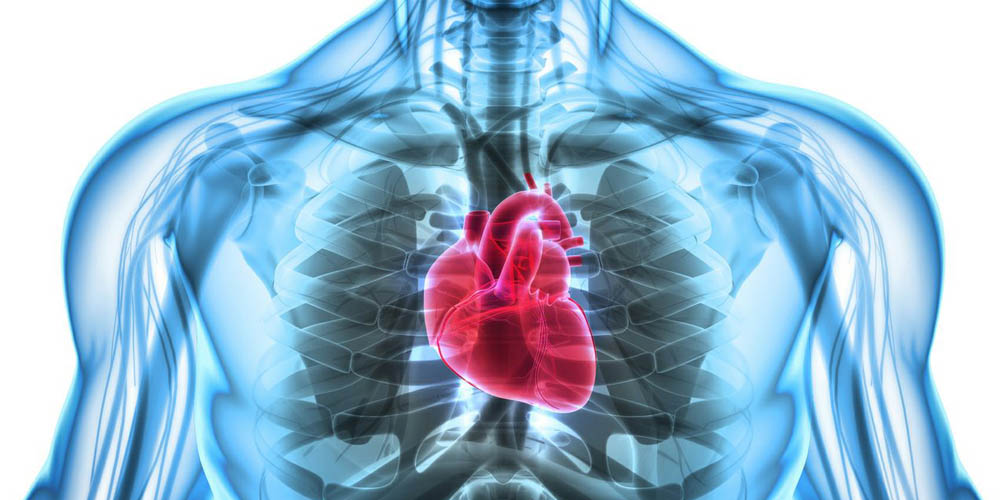In our country, heart disease is on the rise, and the most terrifying and life-threatening complication is a heart attack. You should be aware of the symptoms of a heart attack so that you can prepare for what to do if it occurs. It will save your time and maybe your life.
The Bad News: A clot stops blood supply to the heart during a heart attack. The heart muscle begins to deteriorate. The longer you go without therapy, the more damage you’ll suffer.
The Good News: Clot-busting medicines and other artery-opening treatments can effectively halt a heart attack. These treatments, if started as soon as symptoms appear, can help to avoid or limit cardiac damage. The sooner they begin, the more good they will do—-and better the chances of a complete recovery.
These medicines must be given within one hour of the beginning of heart attack symptoms to be most effective. As a result, getting to a health-care centre where these medications are available is critical. To do so, you must be able to detect the warning signs and symptoms of a heart attack.
Symptoms of a Heart Attack:
Uncomfortable heaviness, tightness, tightness, or discomfort in the centre of the chest that lasts longer than a few minutes or disappears and reappears. Remember not to be fooled by heart attack “movie pictures.” Because a heart attack may not be as severe as depicted in the media, adjectives like “discomfort” and “heaviness” are employed alongside “pain.” Do not try to dismiss it as indigestion or a waste of time. Cold sweat, nausea, and light-headedness are common symptoms of chest discomfort.
Discomfort in other parts of the upper body: Not all people who have a heart attack have only chest pain. Only one or both arms, the back, neck, jaw, or stomach may be uncomfortable.
Shortness of breath: In some cases, shortness of breath is the only symptom, with no chest discomfort.
Fast action saves lives: If you are feeling chest pain, especially if it’s accompanied by one or more of the symptoms of a heart attack, get to an emergency department of a health-care facility with a modern coronary care unit (CCU) and a cardiologist on call 24 hours a day (heart specialist). Don’t waste time calling your primary care physician or going to a location that isn’t suited to handle a heart attack. Make arrangements for someone else to drive you to the hospital. Unless you have no other option, you should never drive yourself.
If you suffer from this kind of situation, you can create a mind-set. It will save you time and May even save your or someone else’s life.
A heart attack is a terrifying event that you probably don’t want to consider. You can save a life—perhaps your own—if you learn the signs of a heart attack and what steps to take. If you, a family member, or a friend experiences a heart attack, you will be able to act promptly and calmly if you use this knowledge.
Highlights
- Know the warning signs of a heart attack.
- Prepare for the circumstance by making a plan ahead of time.
- Time is valuable; don’t squander it.
- The first hour after experiencing chest pain is known as the “peak hour,” and prompt treatment can save your life.
- An ECG, a basic test that takes about 5 minutes, can diagnose a heart attack.
- Remember that the best way to determine whether your symptoms are caused by a heart attack is to visit a cardiac centre.

